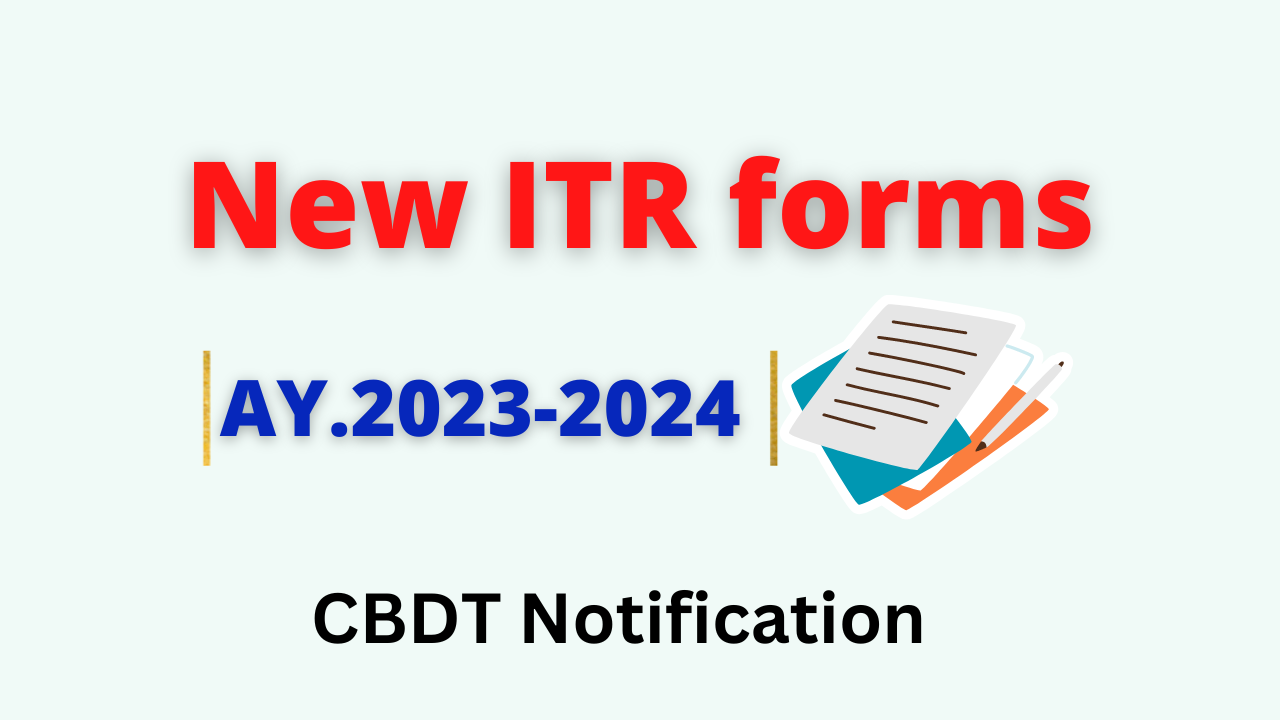Mastering Income Tax Filing Forms: Your Guide to AY 2023-24 FY 2022-23″
CHOOSE THE RIGHT ITR FORMS WHILE FILING THE RETURN
Income tax filing can be a daunting task for many individuals. With changing regulations and evolving tax laws, it’s essential to stay updated on the latest requirements to ensure accurate and timely filing. In this blog post, we will discuss the income tax filing forms to be used for the Assessment Year (AY) 2023-24, covering the Financial Year (FY) 2022-23. By understanding the purpose and significance of these forms, you’ll be better equipped to navigate the process with confidence.
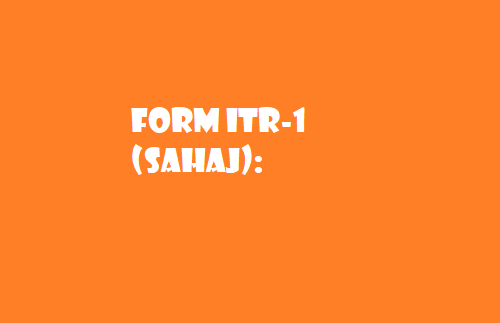
Form ITR-1, also known as SAHAJ, is primarily designed for individuals having income from salary, one house property, or other sources like interest. It is one of the most commonly used forms by salaried individuals or pensioners who have a straightforward income structure. ( For individuals being a resident (other than not ordinarily resident) having total income upto Rs.50 lakh, having Income from Salaries, one house property, other sources (Interest etc.), and agricultural income upto Rs.5 thousand.
Form ITR-2 is applicable for individuals and Hindu Undivided Families (HUFs) not eligible to file Form ITR-1. It includes individuals with income from multiple sources, such as salary, house property, capital gains, and more. If you have earned income from foreign assets, or you are a director in a company, or have invested in unlisted equity shares, this form is suitable for you. (For Individuals and HUFs not having income from profits and gains of business or profession)
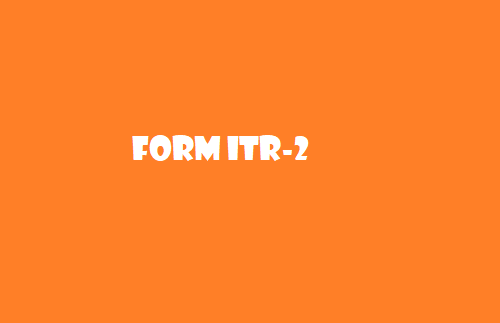
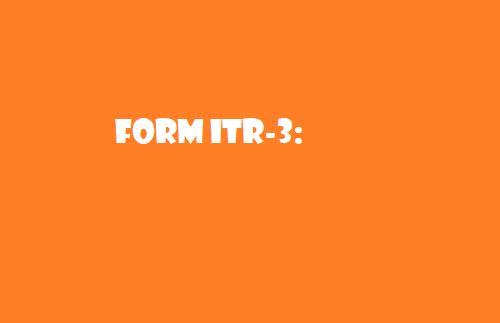
Form ITR-3 is specifically meant for individuals and HUFs having income from business or profession. If you are a self-employed professional or a partner in a partnership firm, this form is suitable for reporting your income, deductions, and business-related details.(For individuals and HUFs having income from profits and gains of business or profession.)
Form ITR-4, also known as SUGAM, is applicable for individuals, HUFs, and firms (other than LLPs) having a presumptive income from business or profession. This form simplifies the process for small taxpayers who opt for the presumptive taxation scheme under Section 44AD, 44ADA or 44AE and agricultural income upto Rs.5 thousand.)
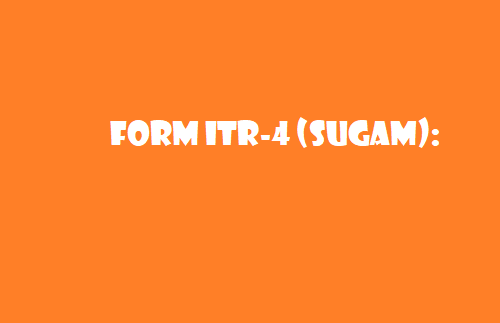
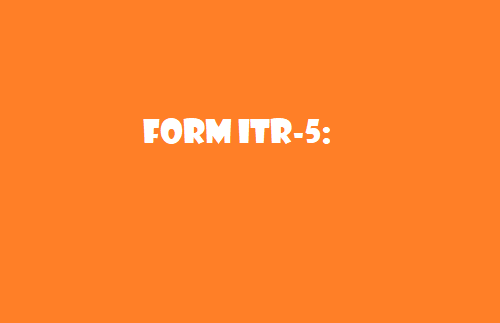
Form ITR-5 is for individuals, HUFs, firms, Association of Persons (AOPs), and Body of Individuals (BOIs) who are not eligible to file forms ITR-1 to ITR-4. It is suitable for reporting income from partnership firms, LLPs, or income from multiple sources for which other forms are not applicable. (For persons other than- (i) individual, (ii) HUF, (iii) company and (iv) person filing Form ITR-7
Form ITR-6 is specifically designed for companies, excluding those claiming exemption under Section 11 (Income from property held for charitable or religious purposes).
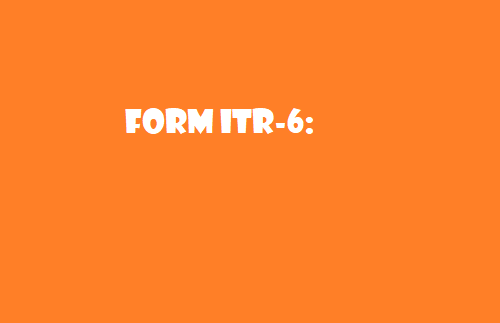
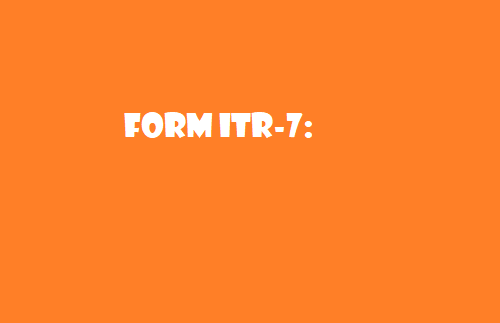
Form ITR-7 is for individuals, companies, and entities that are required to furnish a return under Section 139(4A), Section 139(4B), Section 139(4C), or Section 139(4D) of the Income Tax Act. This form is applicable for reporting income of trusts, political parties, institutions, and more.
Choosing the right income tax filing form is crucial to ensure accurate reporting of income and compliance with tax regulations. By understanding the purpose and applicability of each form, individuals can effectively file their returns for the Assessment Year 2023-24, covering the Financial Year 2022-23. Stay informed, seek professional assistance if needed, and fulfill your tax obligations seamlessly.
Contact a Professional for Error-Free Income Tax Returns

